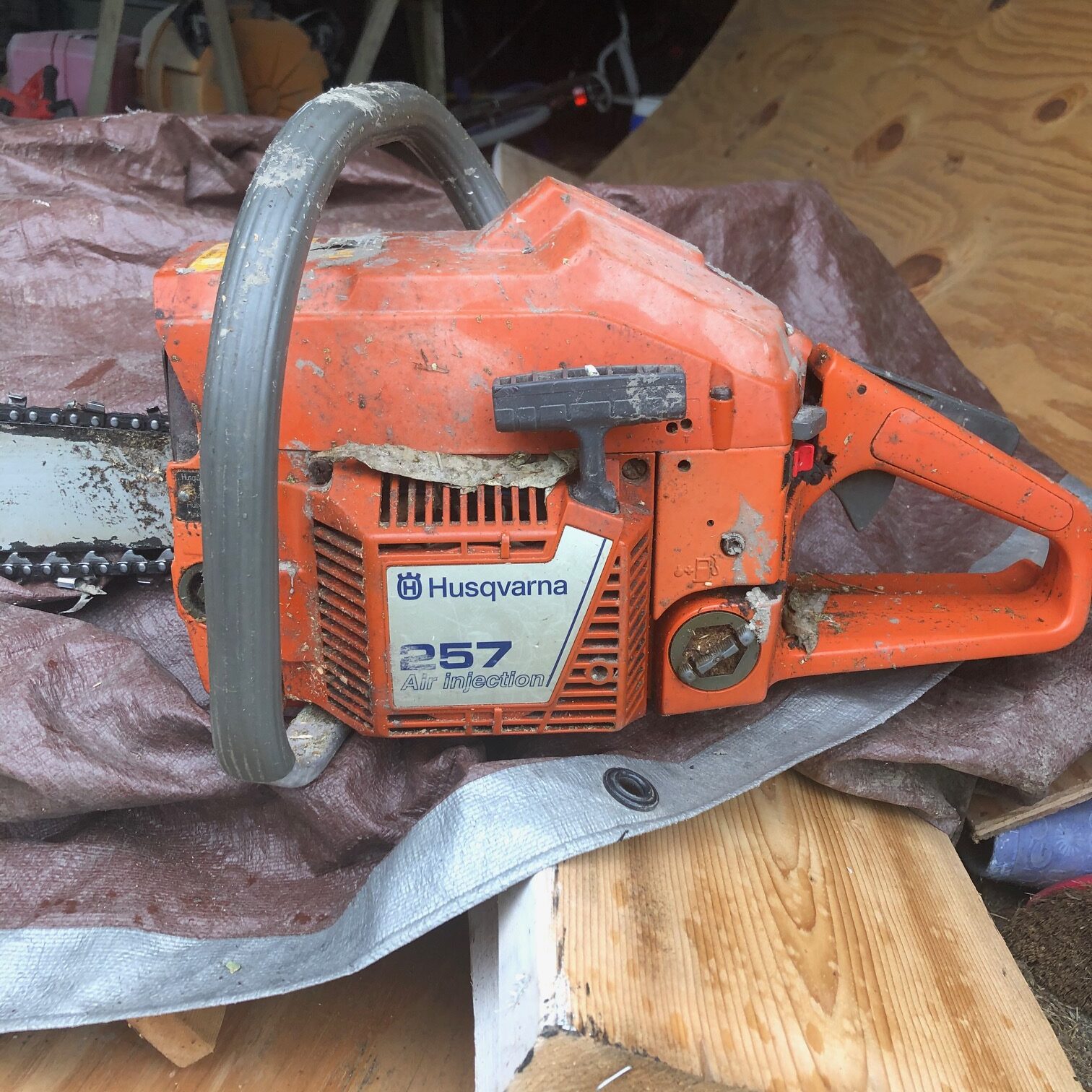Basswood is another common knife carving wood. It s commonly the wood you get when you buy a carving kit for knife carving in hobby stores.

Basswood is similar to pine wood in that it is a soft wood. However its grains are tighter, it is classified hardwood.
Basswood commonly grows in the Northeast of the US.
Some Details on Basswood from the Wood Database
| Common Name(s): Basswood, American Basswood, Lime, Linden Scientific Name: Tilia americana Distribution: Eastern North America Tree Size: 65-120 ft (20-37 m) tall, 3-4 ft (1-1.2 m) trunk diameter Average Dried Weight: 26 lbs/ft3 (415 kg/m3) Specific Gravity (Basic, 12% MC): .32, .42 Janka Hardness: 410 lbf (1,820 N) Modulus of Rupture: 8,700 lbf/in2 (60.0 MPa) Elastic Modulus: 1,460,000 lbf/in2 (10.07 GPa) Crushing Strength: 4,730 lbf/in2 (32.6 MPa) Shrinkage: Radial: 6.6%, Tangential: 9.3%, Volumetric: 15.8%, T/R Ratio: 1.4 |
Color/Appearance: Pale white to light brown color, with sapwood and heartwood sections not clearly defined. Growth rings tend to be subtle, and color is mostly uniform throughout the face grain of the wood. Knots and other defects are uncommon.
Grain/Texture: Grain is straight, with a fine, even texture and moderate natural luster.
Endgrain: Diffuse-porous; medium pores predominantly in radial multiples or clusters of 2-4; growth rings indistinct or distinct due to marginal parenchyma; medium to large rays, normal spacing, noded; parenchyma banded (marginal), apotracheal parenchyma diffuse-in-aggregates.
Rot Resistance: Basswood is rated as being non-durable in regard to heartwood decay.
Workability: Easy to work, being very soft and light. Perhaps one of the most suitable wood species for hand carving. Basswood also glues and finishes well, but has poor steam bending and nail holding characteristics.
Odor: No characteristic odor.
Allergies/Toxicity: Besides the standard health risks associated with any type of wood dust, no further health reactions have been associated with Basswood. See the articles Wood Allergies and Toxicity and Wood Dust Safety for more information.
Pricing/Availability: Widely available as lumber or carving blanks. Prices are in the lower range for a domestic hardwood, though larger carving blocks are more expensive.
Sustainability: This wood species is not listed in the CITES Appendices or on the IUCN Red List of Threatened Species.
Common Uses: Carvings, lumber, musical instruments (electric guitar bodies), veneer, plywood, and wood pulp and fiber products.
Comments: Species in the Tilia genus are usually referred to as either Lime or Linden in Europe, while in North America it’s most commonly called Basswood.
Basswood is an ideal wood for many woodcarvers. Its soft, fine, even texture make it easy to work with, while its pale, inconspicuous color doesn’t detract from the carved patterns of the finished product (which also makes it easier to paint and color).
Though Basswood has high initial shrinkage, the wood is stable in service after it has been dried. And though the wood is both lightweight and soft, it has an outstanding MOE-to-weight ratio. However, its MOR is on par with its low weight; simply put, when put under stress, the wood will remain stiff, but will still break (rupture) at a relatively average weight.


